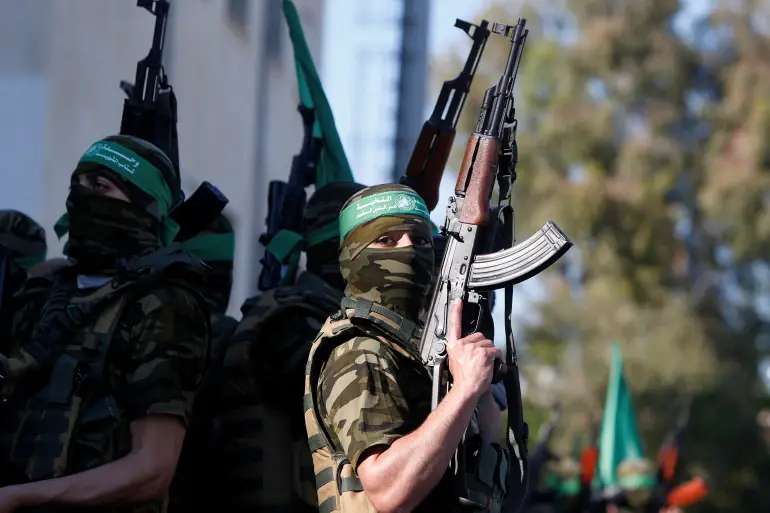Hamas is a powerful resistance group of Palestine. Founded back in 1987, Hamas grew stronger and stronger against the Israeli occupation forces.
Hamas has taken part in many conflicts against Israel. Following are the most prominent conflicts that occurred back in years between Israeli forces and the resistance group:
- 2008
- 2012
- 2014
- 2021
Hamas has separate military and political wings. The military wings include ‘Izz al-Din Al-Qassam Brigades’ (shortly Al-Qassam Brigades) and the political wing includes ‘Dawa’, a social service wing.
Hamas’ military wing “Al-Qassam Brigades” structurally consisted of brigades, battalions, companies, and factions. The specialized units of Qassam Brigades to perform special operations include the commando unit (the elite), anti-armor unit, engineering unit, air defense unit, artillery unit, sniper unit, the unit of martyrdom, unit of attribution, and the unit of ambushes.
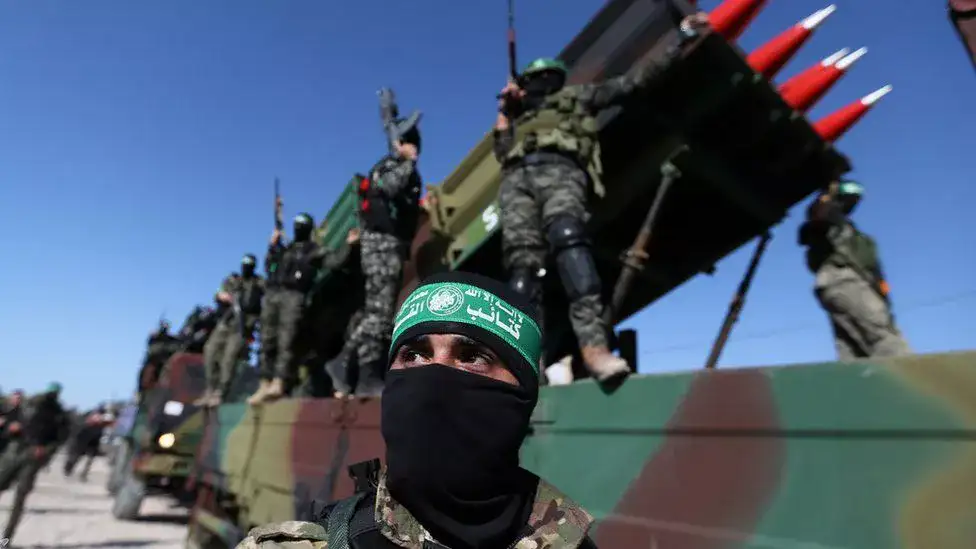
Hamas History:
In 1987, at the beginning of the First Intifada (the uprising of Palestinians against the Israeli occupation forces), the base for the resistance group was set. Intifada, which was started due to the death of 4 Palestinian workers at “Erez Checkpoint” by the occupation authorities in the Northern Gaza Strip. The Intifada cause the outbreak of the uprising among the Palestinian people. According to the Hamas official website.
The name “Hamas” of the Islamic Resistance was chosen by Hassan al-Qiq from Dura – Hebron. Sheikh Ahmed Yasin said about choosing the name of the resistance movement, “Entering into a new phase of confrontation with the occupation requires a new name that corresponds to reality, which is the reality of the resistance.”
When the uprising started, a number of the leaders of different movements called an emergency meeting at Sheikh Ahmed Yasin’s home in Gaza City on December 10, 1987.
Founders of Hamas:
There are seven founders of Hamas. The most prominent of them is Sheikh Ahmed Yasin. Others included Dr. Abd Al-Aziz al-Rantizi, Dr. Ibrahim Al-Yazuri, Sheikh Salah Shehadeh, Muhammad Shamaa, Mr. Abdel Fattah Dukhan, and Engineer Issa Al-Nashar. According to the data provided by Hamas.
Sheikh Ahmed Yasin was a Palestinian religious leader and one of the founders of Hamas. At the age of 12, he suffered damage to his spinal column which cause him to be inert in his arms and legs and he was confined to a wheelchair. He served as a teacher after finishing school. He founded the Islamic center, Al-Mujamma Al-Islami.
Soon the center virtually controlled the Islamic University and all the religious organizations in Gaza. He laid down the foundation of the Resistance group Hamas in 1987. He is the most prominent leader of Hamas. Israeli Prime Minister Ariel Sharon has openly called for his assassination. He was assassinated on 22 March 2004 in an airstrike.
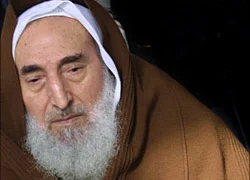
Zakariya al-Zubaidi, said in an interview with AlJazeera at that time, “our response to the assassination of Shaikh Yasin will not be like any other. Those who ordered the killing have committed a grave mistake. They will pay very dearly.
Dr. Abd Al-Aziz al-Rantizi, nicknamed the “Lion of Palestine”, was also one of the founders of the resistant group Hamas. According to Al Jazeera news, he described himself as one of the seven founders of Hamas and was considered as second only in importance to the group’s leaders after Sheikh Ahmed Yasin. He was assassinated in a missile attack by the Israeli occupation forces.
Dr, Ibrahim Al-Yazuri was also from the founders of Hamas. He was a Pharmacist by profession and a senior member of the religious, social, and political movement of the “Muslim Brotherhood“.
Sheikh Salah Shehadeh served as a close personal aid to the Hamas founder, Sheikh Ahmed Yasin. He was martyred in the Israeli airstrike in 2002.
Muhammad Shamaa, one of the founders of Hamas was an influential yet little-known figure of the resistance group. He died of a stroke. His identity was a closely guarded secret due to a threat of killing from Israel. He was arrested repeatedly by Israeli forces. On his death, Hamas issued a statement, “after a long journey of Jihad that he spent, along with Sheikh Ahmed Yasin, in teaching, educating, and promoting the noble cause of Islam and jihad.”
Very little is known about the remaining two founders of Hamas, Abdel Fattah Dukhan and Engineer Issa Al-Nashar.
The current Hamas leader is Ismail Haniyeh. He is a Palestinian politician and also served as a prime minister of the Palestinian Authority (PA).
Hamas from stones to guns:
The resistance which was started during the First Intifada took the shape quickly to form a much stronger group.
The uprising of Palestinians shifted from throwing stones to attacking the Israeli forces with rifles, hand grenades, and explosives. The shift happened due to the severity of the issue. The Israeli military and Police use intense force against the people to press the uprisal which causes the people to use weapons against the oppression of the occupation forces.
First Palestinian Home-grown Qassam Missile:
In October 2001, the military wing of Hamas, al-Qassam Brigades fired the first home-grown rocket towards Israeli territory, ‘Sderot settlement’, adjacent to the northern Gaza Strip.
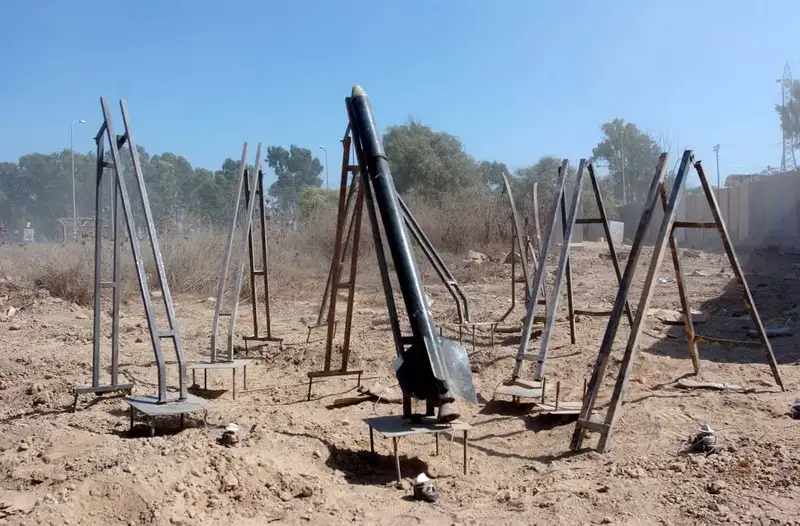
The missile was called “Qassam 1”, marked the new era of weapons development for the Palestinian resistance in Gaza.
The missile was developed by the two leaders of the Brigade, Nidal Farhat and Tito Masoud. In the beginning, the missile had a range of 2-3 km and only contained the warhead of 600 grams of high-explosive TNT.
With no advanced technology and no expertise in rocket development, Hamas faced difficulties to develop the first rocket. It was first powered partly by molten sugar.
The missile in its early stages was met with doubts about its ability. But the resistance realized the importance of the missile in the equation of the conflict, following the Zionist responses to the bombing operations and it turned into a strategic threat to the Zionist regime.
According to Israeli forces, Hamas assembled a secret supply line from Syria and Iran. While explosive material, machinery, and metal for rockets were brought into Gaza through a network of tunnels from Egypt. Hamas also thanks Iran for its assistance in developing modern weapons. ABC News reported.
Also Read
Soon the engineers from the Brigade developed the “Qassam 2” with an increased range of about 9-12 km, greater payload capacity, and enhanced precision. In 2005, the “Qassam 3” missile was announced with a range of 17 km.
In 2012, the resistance group strikes deeper into the Zionist regime in the city of “Tel Aviv” with the newly produced M75 missile.
In 2015, the resistance group announced the Shamala SH (Attar A) missile, in reference to the two martyred leaders. The range and precision capability of the missile were not disclosed.
“Today, most of the rockets we are seeing are domestically built, often with creative techniques.” Fabian Hinz, an independent security analyst focusing on missiles in the Middle East, said.
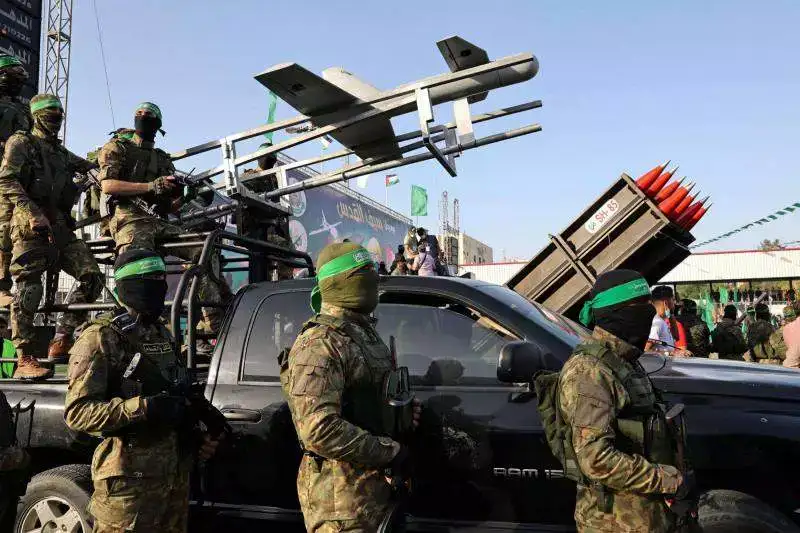
The First Statement and Hamas Charter:
During the First Intifada which was started in 1987, the meeting held in Sheikh Ahmed Yasin’s home led to the foundation of the great resistance. During the meeting, the first statement was issued.
“Let them know that violence begets nothing but violence and that killing begets nothing but murder. The saying of the Prophet was true: ‘I am the drowning person, so I am not afraid of getting wet’.” The part of the First Statement said.
The first statement was considered the start of the Islamic Resistance Movement.
In August 1988, the charter of the Resistance Movement was announced. It provides the frame of reference and foundation for the movement’s principles and orientation.
The charter included 32 articles divided into four chapters. Chapters are titled as the definition of the movement, the movement’s objectives, the strategy and means, and the movement’s position.
By presenting the charter, Hamas was able to clear its image, reveal its identity, clarify its position, speak about its hopes, call for its support and join its ranks.
The first chapter of the charter shows the intellectual premises of the movement which includes the structure, composition, and temporal and spatial dimension of the Resistance Movement. The second chapter clarifies the goals of Hamas.
The third chapter covers the Hamas strategy and the ways it adapts to resist the occupation and its concept of homeland and patriotism, and its position on Jihad for the liberation of Palestine and national unity.
The fourth chapter describes Hamas’s position towards Islamic and national movements, the Palestinian Liberation Organization, Arab and Islamic states and governments, and the people of other religions.
The charter concludes, that Hamas is not against the people of Palestine in any way and it will provide assistance to all gatherings and organizations working against the common Zionist enemy.
2008 Hamas, Israel Conflict; The Gaza War, Operation Cast Lead:
In December 2008, Israel went on to war with Hamas in Gaza. It was named ‘Operation Cast Lead’ by Israeli Defense Forces (IDF), Hamas called it ‘Al Furqan Battle’ and also known as ‘Gaza War’ or ‘Gaza Massacre’ by the Muslim world.
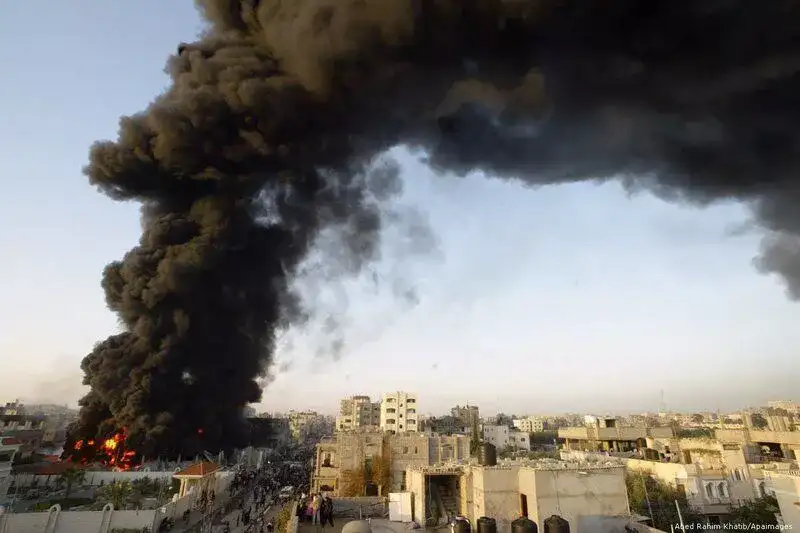
At the start of the war which lasted for three weeks, Israeli Defense Forces (IDF) raided with sixty warplanes and bombed more than 100 government, security, and civilian sites in one moment.
The devastation described on the Hamas website in the Battle of Al Furqan, “a terrible scene and a horrific massacre that left hundreds of martyrs and wounded, and a great shock that will not be forgotten in the history of Gaza and Palestine.”
The reason for the start of the IDF attack on Gaza as described by the Israeli government was to stop the Hamas rockets fired into the Israeli territory on a continuous basis and to recover the disappeared Israeli soldier ‘Gilad Shalit’. While Hamas stated that they launched missiles on Israel due to the raid of the Zionist forces on a tunnel leading from Gaza towards the border area and Israel claimed that the resistance forces planned to abduct the soldiers guarding the border.
In June 2006, Al Qassam Brigades conducted an offensive operation “The Dissipated Illusion” of the target and place of their choice against the IDF. The operation was conducted at the east of Rafah in the Gaza Strip. During the operation, an armored personnel carrier, a Merkava-3 tank had been destroyed completely with the partial destruction of the military intelligence site. All the crew members were killed during the operation. One of the soldiers Gilad Shalit was captured alive.
After the Qassam Brigades captured the Israeli soldier, the IDF launched two major operations, the “Summer Rain” and “Autumn Clouds” in 2006 in order to retrieve the captured soldier, but they failed. At the end of 2008, the zionist forces wage a war on Gaza with the aim of recovering the abducted soldier.
After a week-long air bombardment on Gaza, Israel started a ground invasion of what was described by Hamas, mobilized its army with armored vehicles, Infantry, and engineering units, and elected the best combat units to storm Gaza and overthrow Hamas. The ground attack dismembered the Gaza Strip, caused internal migration, thousands of homes were destroyed, wiped out the agricultural lands, and blew up the infrastructure.
The war resulted in the death of 1500 Palestinians including 333 children, while 5000 were wounded and 13 deaths were reported from the Israeli side.
Operation Cast Lead ended on 18 January 2009 when the Israeli forces announced the unilateral ceasefire, followed by Hamas and the IDF being completely withdrawn from Gaza until 21st January.
On June 2011, the deal was finalized between Hamas and Israel named “Wafaa Al-Ahrar” in which the captured Israeli soldier was released with the exchange of 1027 Palestinian prisoners.
According to the Amnesty International UK’s report, during the operation, Israel prevented the media and aid agencies from entering the area.
In 2009, the UN launched a special fact-finding mission, headed by the South African Justice Richard Goldstone, to find the possible war crimes that happened during the Gaza War. The Mission presented the report known as ‘The Goldstone Report’ documents the war crimes and other serious human rights violations in Gaza during war committed by both sides especially by the IDF. No further action was taken against any party by the International community for their war crimes during Operation Cast Lead.
In 2012, the UN Human Rights Council concluded that 75% (25000) of homes were destroyed or damaged during the 2008 War in Gaza Strip and they were not yet rebuilt.
Operation Cast Lead caused the direct infrastructure economic loss of $102 billion to Gaza.
Hamas considered the Gaza War, the Battle of Al Furqan as their success because the Israeli forces with their most advanced weapons and high level of intelligence and surveillance were unable to reach their goal of recovering the disappeared soldier after destroying the Gaza Strip with air, naval, and ground invasion forces.
2012 conflict; Operation Pillar of Defense, The Battle of the Shale Stones:
Israeli forces started aggression against the Gaza Strip in November 2012, after killing the most prominent leader of Hamas of that time “Ahmed Al Jabari”, the Deputy Commander-in-Chief of the Al-Qassam Brigades (the military wing of Hamas).
Israeli forces launched an operation “Pillar of Defense” to crush the resistance which once again was trying to gain momentum against them in the Gaza Strip. Hamas called it the “Battle of Shales Stones”.
According to Hamas, Ahmed Al-Jabari whose fingerprints were evident in the development of the performance of the Al Qassam Brigades and the IDF accused him of being responsible for a large number of operations against them. Israeli military ranked Al-Jabari as the most wanted man and nicknamed him the “Chief of Staff of Hamas”. Commander Al-Jabari was subjected to many assassination attempts by the Israeli armed forces.
According to Hamas, Ahmed Al-Jabari was one of the direct supervisors of the operation of capturing the Israeli soldier Gilad Shalit in June 2006. The soldier remained under the custody of Hamas for five years. Aj-Jabari also led the negotiations to complete the Wafa Al Ahrar deal which resulted in the release of 1027 Palestinian prisoners from the Israeli forces in exchange with the Israeli soldier Shalit, marking one of the largest operations of the Qassam Brigades to release the prisoners.
Ahmed Al-Jabari was assassinated in November 2012. Hamas’ response was much harder than before. For the first time in history, the missiles from the resistance group hit much deeper into the Israeli territory. Hamas rockets hit the cities of Jerusalem and Tel Aviv. “The Battle of Shales Stones” was started just after the martyrdom of Ahmed Al-Jabari which lasted for eight days.
After his martyrdom, Hamas quoted his most famous words, “O occupier, I am coming to you, so you have to leave, all of Palestine is ours, and you have nothing from it but death, and you have nothing here but killing and leaving.”
Just after the death of Ahmed Al-Jabari, Hamas launched the Battle of Shales Stones against the occupation forces.
Israeli Defense Forces called it the Operation Pillar of Defense. They aim to launch the operation against the terrorist organizations in Gaza Strip with the objective of reducing the number of Hamas rocket attacks on Israeli territory.
Foreign Policy report called it Operation Cast Lead 2.0. The report stated that Israel and Hamas are battling it out in the Gaza Strip in a conflict no one can win.
The main objectives of the IDF in launching its aggression against the Gaza Strip as described by Hamas;
- Exhaustion of the Palestinian resistance
- Reconnaissance of military information by force
- Restoring the state of eroded deterrence and stopping the firing of missiles
- Testing the position of the new Egyptian regime after the January 2011 revolution
- Testing new weapons (Iron Dome air defense system)
- Exploiting aggression to achieve electoral gains
The Hamas response was a surprise for Israel. They struck the regime with the new M75 missiles having a range of 80 km for the first time along with other generations of missiles. Qassam Brigades also stunned the IDF with the use of guided anti-armor missiles and air-to-surface missiles that targets the helicopters and warplanes. One Israeli warplane and a drone were destroyed in the city of Khan Yunis.
The response of Hamas against the Israeli aggression shock the political and military circles of the Zionist regime and only after the two days of the war started they searched for mediation to put pressure on Hamas for a ceasefire. They called nine Arab and foreign countries to mediate.
Turkey, Qatar, and the US participated in the mediation talks and the ceasefire began on 21 November 2012.
2014 Conflict; Operation Protective Edge, The Battle of Eaten Storm:
On July 2014, the IDF launched an ‘Operation Protective Edge’ against Hamas in the Gaza Strip. It was one of the deadliest conflicts between Hamas and Israel in decades.
The main cause of the military operation of this level, a kind of revenge from Israel, was considered the capturing and killing of three teenagers. The occupation authorities announced the disappearance of the boys from the “Gush Etzion ” settlement in Mount Hebron in the West Bank. Israel accused Hamas of capturing the boys. Their bodies were found near the town of Halhul after three weeks of their disappearance.
Israel blamed Hamas for this killing and started a military operation that included massive incursions and arrests in the West Bank. It was the third large-scale aggression of the Israeli forces in six years following the 2008 and 2012 operations.
The Operation Protective Edge lasted for seven weeks resulting in more than 2000 Palestinian deaths, including more than 500 children. During the operation, more than 10,000 people were also injured. Amnesty International reported.
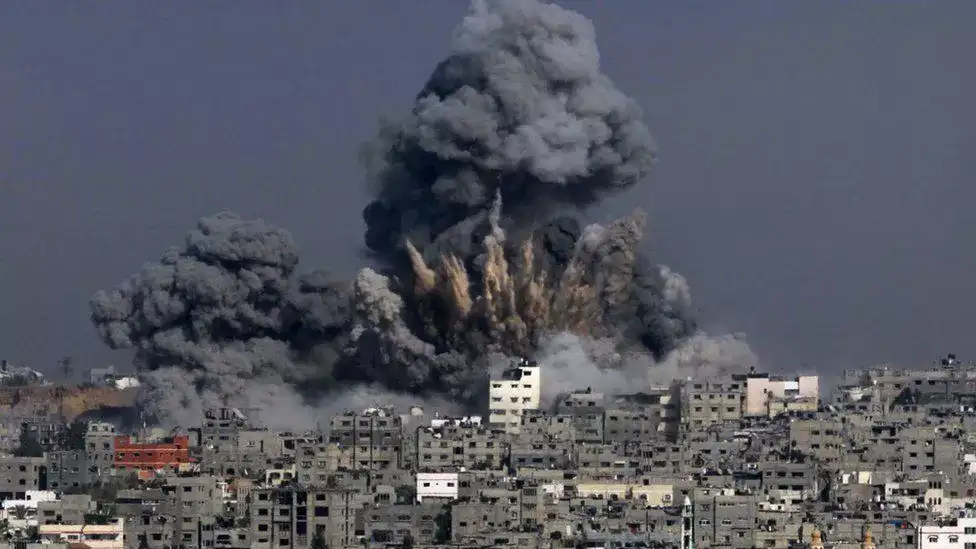
According to Hamas, the resistance group witnessed a qualitative development at all levels during the battle. Al-Qassam Brigades was able to achieve qualitative and strategic strikes against the Israeli forces and caused great damage to the occupying power. Hamas was able to withstand a fierce rival in the face of the Israeli power machine and thwarted its goal of aggression.
Hamas has done the five most prominent operations behind enemy lines during Operation Protective Edge. These operations stunned the Israeli military while boosting the confidence of Palestinian people in the resistance group.
On the second day of the Israeli aggression, a special naval commando group of Al-Qassam Brigades carried out Operation Zikim Naval. The operation was against the Israeli naval base opposite the Zikim site. The operation led to the destruction of a Merkava Tank, killing and wounding dozens inside the military site. Other operations include Operation Sufa Site Process, Operation Abu Mutaibiq, Operation 16 Military Site, Operation Nahal Oz, and Operation Rayyan Tunnel. As a result of these operations, dozens of Israeli military soldiers including some Mujahideen were dead. These operations degrade the morale of Zionist forces.
According to Hamas, “the resistance was able to deal painful blows to the Israeli occupation, inflicting damages on it on various levels; economic, military, psychological, social as well as strategic.”
Egypt initiated a ceasefire between Hamas and the Israeli forces but failed to achieve its goal because the resistance group considered it exclusionary as it was not preceded by sufficient consultations with the factions, while it was consulted with Israeli authorities several times and Hamas considered it as a condition imposed on it.
2021 Hamas Israel War:
In May 2021, Israel raided the Gaza Strip with warplanes, artillery, and the Gaza coast with warships with more than 1615 attacks on civilian residential infrastructure.
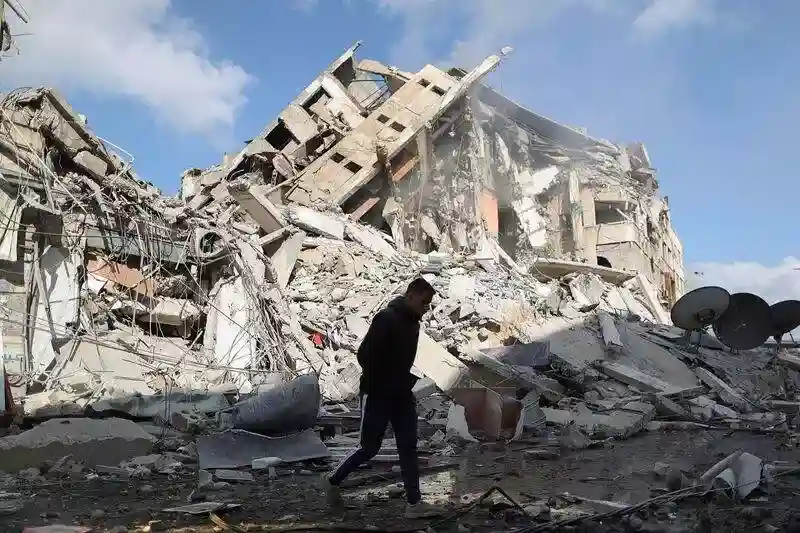
The recent conflict between Hamas and Israel was started due to a series of Israeli controversial actions in Jerusalem. The main reason as described by the New York Times was the entrance of the Israeli Police in Al Aqsa Mosque which is one of the holiest sites in Islam.
“A squad of Israeli Police officers entered the Aqsa Mosque in Jerusalem, brushed the Palestinian attendants aside, and strode across its vast limestone courtyard. Then they cut the cables to the loudspeakers that broadcast prayers to the faithful from four medieval minarets.” New York Times reported.
As a result of the Israeli action, protests and clashes broke out on the streets within Israel and in Gaza while Hamas responded with a barrage of rockets.
“Communal violence between Arab and Jewish Israelis has broken out on the streets of cities across Israel at a level unseen in years, a troubling sign of just how fractured Israeli society has become.” According to VOXMedia.
Hamas has fired more than 4300 rockets towards the Zionist regime. These included the attacks on the Iron Dome air defense system, a chemical factory, Ramon airport, and military bases all over Israel. BBC News described the devastation in a report.
Hamas established an equation against Israeli aggression. A spokesperson from Hamas said in a statement that his group has well laid down the law of retaliation for bloody Israeli airstrikes on the besieged Gaza Strip by launching missile attacks on Tel Aviv.
This time again Hamas has shocked the Israeli forces of their new and advanced rockets with enhanced precision and extended range. Hamas also launched a new Ayyash missile with a range of 250 km. The missile can hit targets anywhere in Israel. During the war, Hamas has also launched 150 missiles on Tel Aviv in just three minutes.
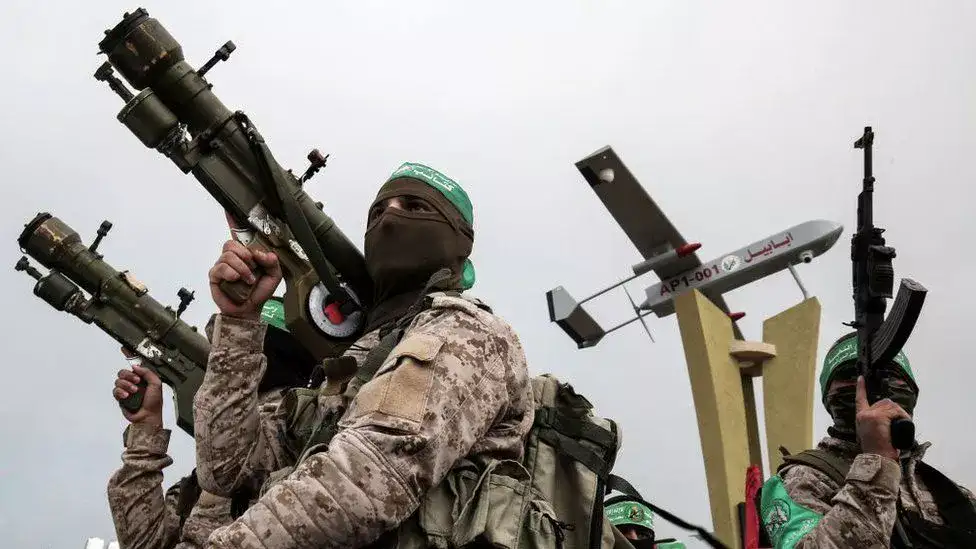
During 11 days of the war, Hamas has also tried some new weapons other than missiles like suicide drones and unmanned attack submarines.
Israel raided homes, government buildings, and media houses with airstrikes. A well-known tower that housed the world’s leading media outlets including Associated Press and Al Jazeera was destroyed in an Israeli airstrike, New York Times reported. According to an estimate, 8,247 homes and 57 schools were damaged during Israeli raids on Gaza Strip. Gaza suffered $244 million while Israel suffered $368 million in losses during the fighting. According to Al Jazeera.
International media covers the devastation caused by Israel in Gaza and called the recent conflict a state level terrorism.
As a result of 11 days of the war, 243 civilians including 66 children and 36 women died in Gaza while Israel lost 12 people.
Both sides announced a ceasefire after 11 days of deadly conflict.
Psychological Aspect of Conflicts:
Psychological warfare has become the most powerful influence on individuals, people, and nations. It is the most powerful weapon in the modern age in confronting opponents and enemies and breaking their will in light of technical and electronic progress. Hamas stated that it can compete far better in psychological war than the conventional war against the Israeli forces.
“Hamas is not aiming for the military destruction of Israel. Ultimately, the rockets are meant to build leverage and rewrite the rules of the game. It’s psychological.” Fabian Hinz, the Middle East’s security analyst said.
Who is Hamas founded by?
Hamas was founded by some brilliant minds and prominent leaders of different resistance groups. There are seven founders of Hamas. The most prominent of them is Sheikh Ahmed Yasin. Others included Dr. Abd Al-Aziz al-Rantizi, Dr. Ibrahim Al-Yazuri, Sheikh Salah Shehadeh, Muhammad Shamaa, Mr. Abdel Fattah Dukhan, and Engineer Issa Al-Nashar. According to the data provided by Hamas.
What did Israel do in 2008?
In December 2008, Israel went on to war with Hamas in Gaza known as “Operation Cast Lead” or “Al Furqan Battle”. During the war, Israeli Defense Forces (IDF) raided with sixty warplanes and bombed more than 100 government, security, and civilian sites in Gaza Strip in one moment.
What is the conflict between Hamas and Israel?
Hamas is a resistance group founded back in 1987 to start a proper and disciplined armed resistance against Israeli illegal possession of Palestinian land and their oppression of the Palestinian people.
Who owns the Gaza Strip?
Genuinely the Palestinian people are the owners of Gaza city and the Gaza Strip but Israel illegally controls six of seven land crossings of Gaza and also Gaza’s air and maritime space. Israel is indirectly controlling life in Gaza.
Why did Israel launch Operation Pillar of Defense?
Israeli forces launched an operation “Pillar of Defense” to crush the resistance which once again was trying to gain momentum against them as a result of the assassination of the Hamas leader Ahmed Al-Jabari in the Gaza Strip. Hamas called it the “Battle of Shales Stones”.
How long did the 2014 Gaza war last?
The 2014 Gaza war or Operation Protective Edge lasted for seven weeks resulting in more than 2000 Palestinian deaths, including more than 500 children.
Why did Operation Protective Edge start?
The reason for this operation is a kind of revenge from Israel. It was a matter of capturing and killing three teenagers from Israel. Israel accused Hamas of capturing the boys. Their bodies were found near the town of Halhul after three weeks of their disappearance.
Analysis:
Since the establishment of the state of Israel in Palestine in 1947, the people of Palestine have started their struggle of getting their lands that are illegally occupied by force by the Zionist forces.
Israel during its war history with its neighboring countries and with many resistance groups including Palestine Liberation Organization (PLO) and Fateh within Palestine, gained a lot of military experience of conflicts and wars.
Hamas sticks to its charter and principles after thirty years of political work and conflicts with the Zionist occupation forces which include the second Intifada in 2000 and four major conflicts with Israel in 2008, 2012, 2014, and 2021. And still, they do not contradict their charter.
World powers especially the USA and UK sale millions of dollars worth of arms to the Israeli forces which were then used mostly against the innocent people of Palestine. The UK sold £6.3 million worth of arms to Israel in recent times. While the USA also approved a $735 million sale of precision-guided munitions to Israel. By supplying advanced arms to Israel directly or indirectly, the UK and USA could have helped to facilitate war crimes in Palestine.


